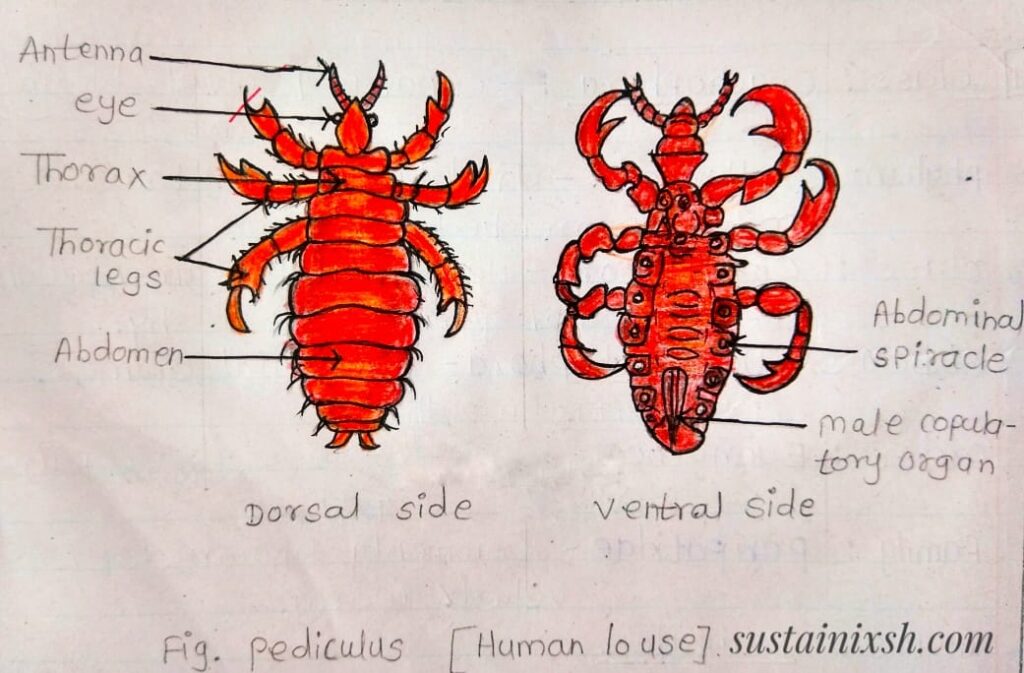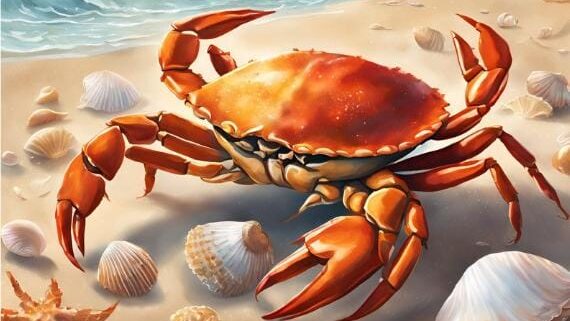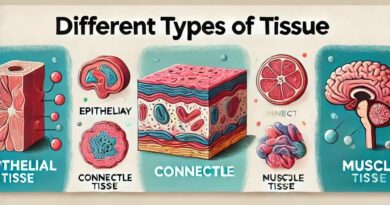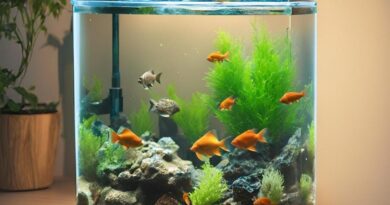To study the classification with reasons of the phylum Arthropoda
Title:- To study the classification with reasons of the phylum Arthropoda.
Phylum Arthropoda:- Arthropods means jointed legs (Greek; arthos- jointed, Podos – Foot or legs) therefore jointed, legs are the most important characteristic structure of this phylum.
General characters of Arthropods:-
- The animals are bilaterally symmetrical and metamerically segmented.
- The body is covered externally by a thick, tough, non-living organic chitinous exoskeleton.
- Exoskeleton is cast off periodically & this process is called ecdysis or moulting. It is essential for the growth of the animals.
- The appendages are jointed & they are modified as gills, jaws, legs, etc. for various functions.
- They are triploblastic animals but true coelom is reduced in adults & represented by excretory & reproductive organs.
- Respiration may occur throughout the body surface but generally takes place by special structures like gills, tracheae & book lungs.
- The circulatory system is of open type i.e. the blood flows in spaces or sinuses comprising hemocoel instead of blood vessels.
- True nephridia are absent. Excretion by a green gland or by a malpighian tubule.
- The nervous system is of the annelidian type.
- Compound eyes are present.
- Sexes are usually separate & often there is distinct sexual dimorphism.
- Fertilization is generally internal. Development includes larval forms which undergo varying degrees of metamorphosis to become adults.
- Phylum Arthropoda is divided into five classes:-
- Crustacea – e.g. Crab
- Myriapoda – e.g. Millipede
- Insecta – e.g. Cockroach
- Arachnida – e.g. Scorpion
- Onychophora – e.g. Peripatus
Description:-
Crustacea
Class: Crustacea: Carcinus [Crab]
Phylum: Arthropoda – Jointed appendages.
Class: crustacea – Thick exoskeleton, head, and Thorax fused.i.e. Cephalothorax.
Sub-class: Malacostraca – Abdomen devoid of caudal style eyes usually stalked.
Order: Decapoda – Ten legs are present.
Genus: Carcinus
Species: meanus
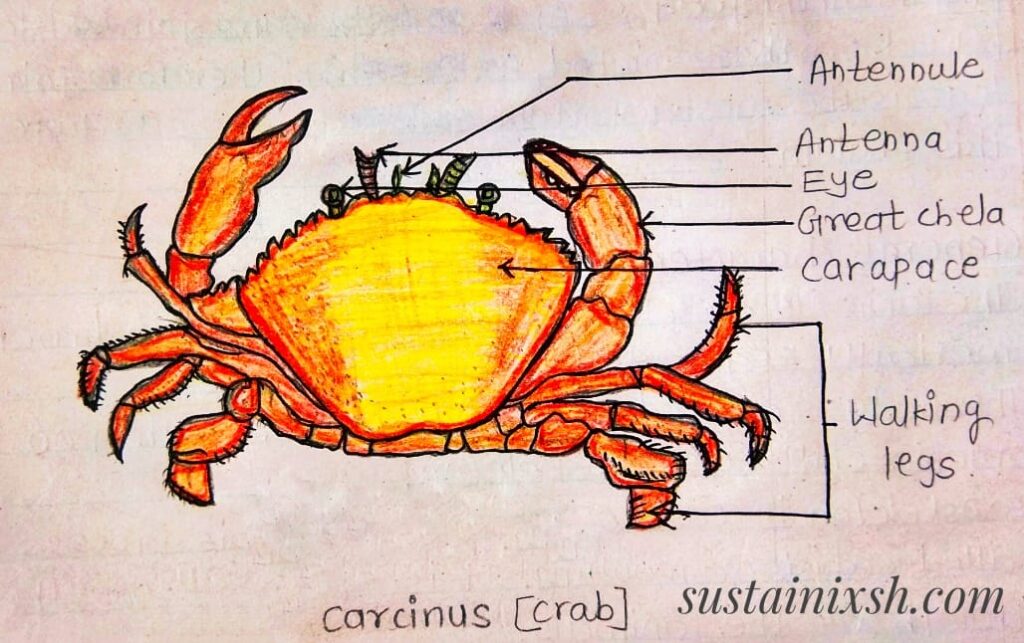
Arachnida
Class: Arachnida – Palamnaeus [Scorpion]
Phylum: Arthropoda – Jointed appendages.
Class: Arachnida – Air breathing, terrestrial, four pairs of legs.
Order: Scorpionidea – Body divisible into prosoma, mesosoma & metasoma.
Genus: Palamnaeus
Species: bengalensis
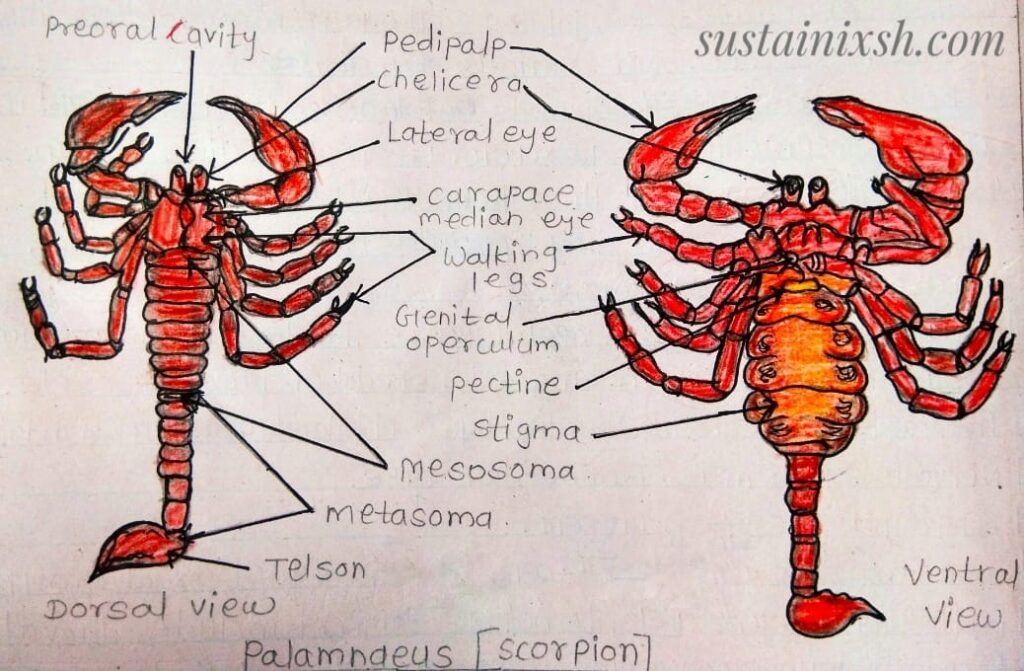
Myriapoda
Class: Myriapoda: Scolopendra [Centipede]
Phylum: Arthropoda – Jointed appendages.
Class: Myriapoda – Air breathing, terrestrial, many pairs of legs.
Subclass: Opisthogoneta – Genital opening at the posterior end of the body.
Order: Chilopoda – Many trunk segments, each bearing a single pair of legs.
Genus: Scolopendra
Species: Subspinipes
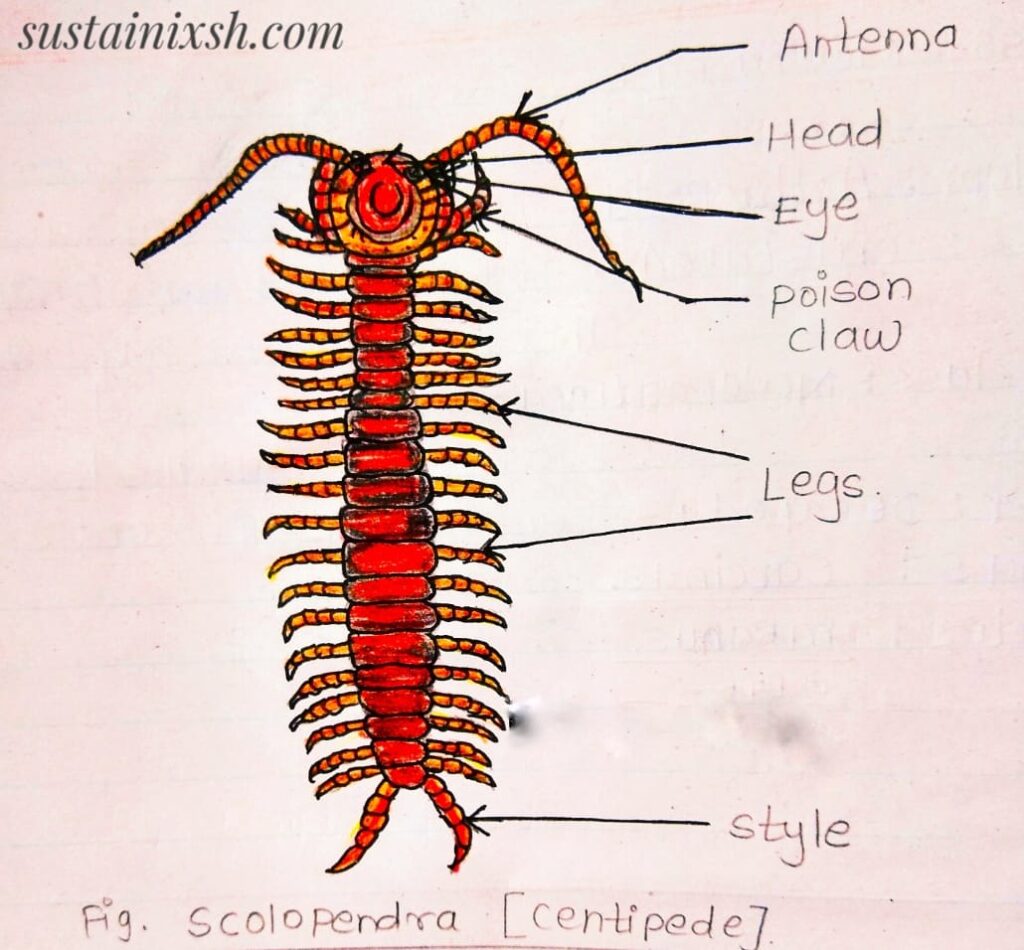
Onychophora
Class: Onychophora: Peripatus [Velvet Worm]
Phylum: Arthropoda – Triploblastic, metamerically segmented body.
Class: Onychophora – No external segmentation, appendages not jointed but fleshy.
Subclass: Udeonychophora – Terrestrial animals with ventral mouths.
Order: Euonychophora – Feet possess a pair of claws and a pad
Family: Peripatidae – Commonly known as velvet worm.
Genus: Peripatus
Species: Capensis
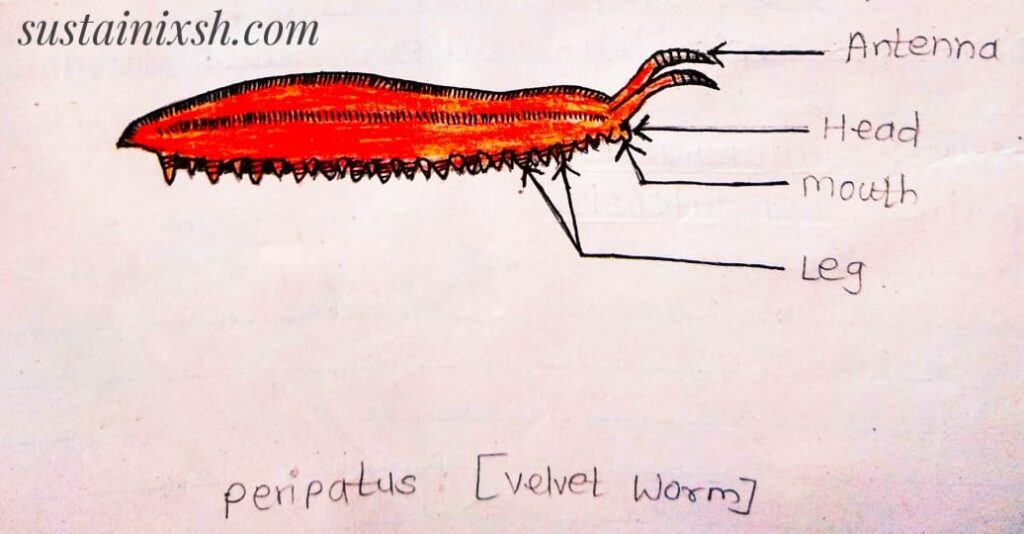
Insecta: Periplaneta
Class: Insecta: Periplaneta [Cockroach]
Phylum: Arthropoda – Jointed appendages, metamerically segmented body.
Class: Insecta – Body divisible into head, thorax & abdomen, six legs.
Subclass: Pterygota – Wings usually present, abdomen devoid of appendages.
Order: Dicotyoptera – forewing leathery and hind wing is membranous.
Family: Blattidae – Ootheca divided into two rows of Packets.
Genus: Periplaneta
Species: americana
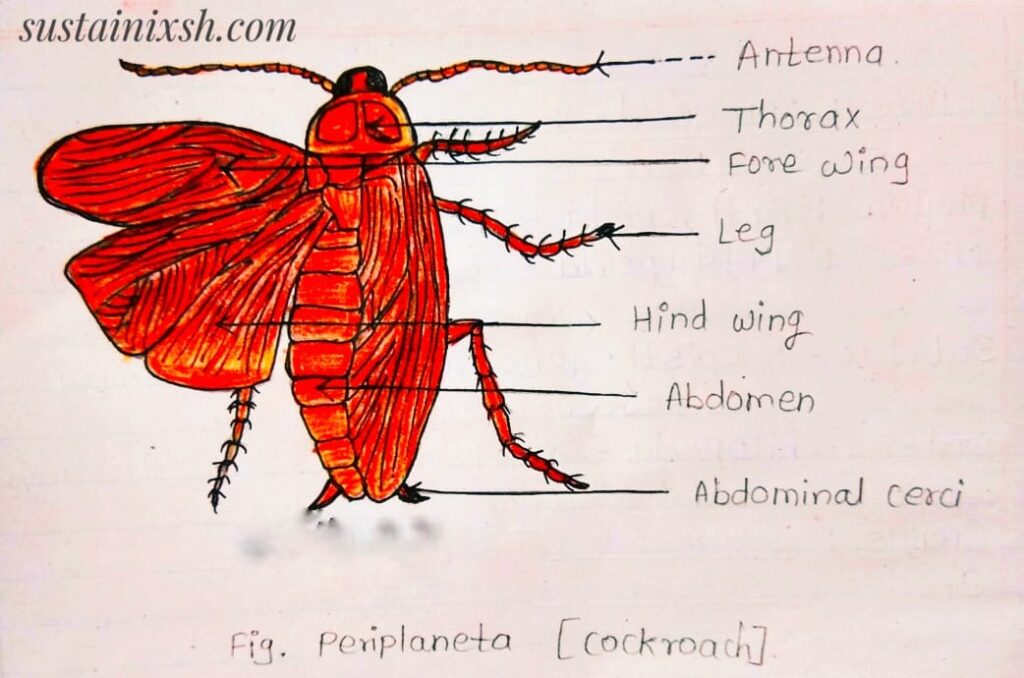
Insecta: Pediculus
Class: Insecta: Pediculus [Human louse]
Phylum: Arthropoda – Jointed appendages, metamerically segmented body.
Class: Insecta – Body divisible into head, thorax. abdomen, and six legs.
Subclass: Pterygota – Wings present, metamorphosis is simple.
Order: Anoplura – Body Flattened, elongated without wings, legs with a single claw for grasping hairs.
Family: Pediculidae – Commonly called human louse.
Genus: Pediculus
Species: humanus
